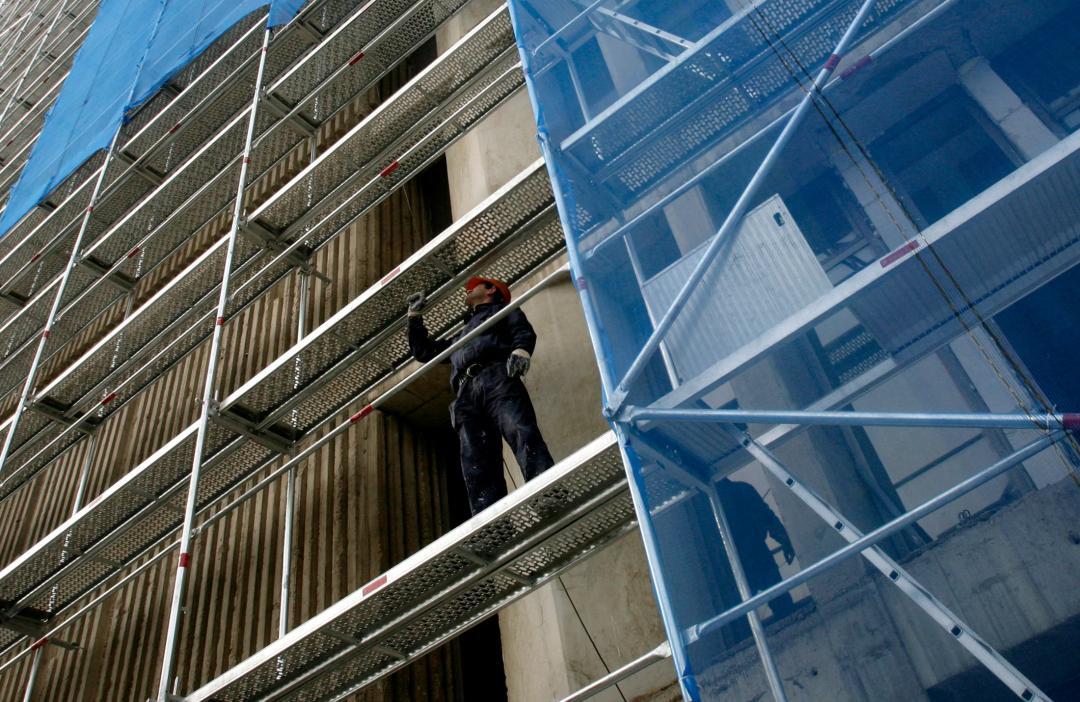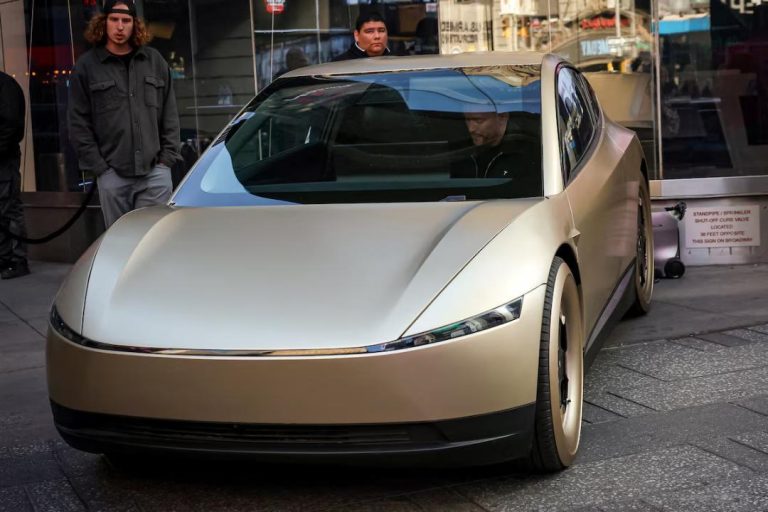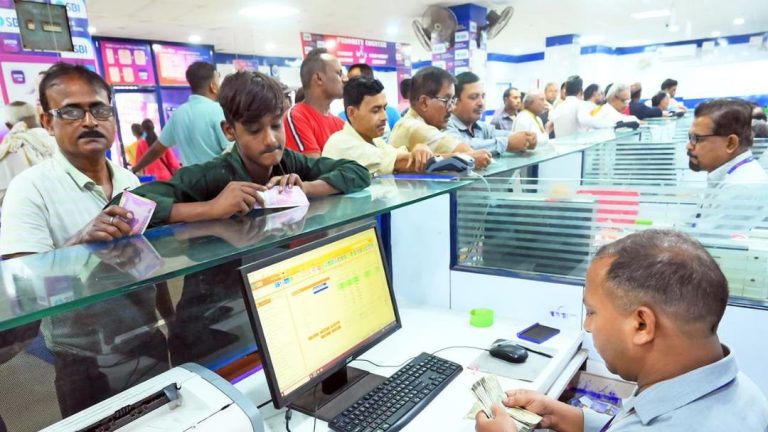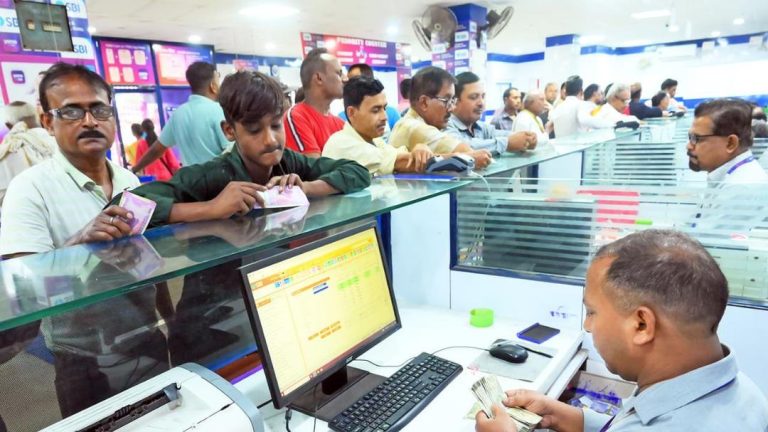
IIT Making Glass to Keep Buildings Cool in Summer & Warm in Winter
As the world grapples with the challenges of climate change, innovative solutions are being sought to make our buildings more eco-friendly. In a breakthrough discovery, researchers at IIT Indore have developed a “smart glass” that can regulate light and heat by applying a small electric current. This electronic curtain glass has the potential to revolutionize the way we build and maintain our structures, making them more energy-efficient and environmentally friendly.
The smart glass, made from a special porous organic polymer, can change color and transparency to block sunlight and heat when needed, or let it in when it’s cooler. This means that buildings can be kept cool in the summer and warm in the winter, without the need for air conditioning or heating systems. The implications are significant, as these systems are major consumers of energy and contribute to greenhouse gas emissions.
The development of this smart glass is a significant achievement for IIT Indore, which is known for its research excellence in various fields. The institution has a strong focus on innovation and entrepreneurship, and this project is a testament to the ingenuity of its researchers.
The smart glass works by using a small electric current to control the amount of light and heat that enters a building. This is achieved through a process called electrochromism, which allows the material to change its optical properties in response to an electric field. The current can be adjusted to control the amount of light and heat that enters the building, allowing it to be kept at a comfortable temperature.
The benefits of this smart glass are numerous. For one, it can help reduce energy consumption by regulating the amount of heat and light that enters a building. This means that buildings can be kept at a comfortable temperature without the need for air conditioning or heating systems, which are major consumers of energy. Additionally, the smart glass can help reduce the need for artificial lighting, as it can allow natural light to enter the building.
Another benefit of this smart glass is its potential to improve the aesthetic appeal of buildings. The material can be designed to change color or transparency in response to the amount of light and heat that enters the building, allowing it to adapt to different situations. This means that buildings can be designed to look different at different times of day, or to change color in response to changing weather conditions.
The development of this smart glass is also significant for the construction industry. Currently, buildings are designed with fixed windows and walls that do not allow for flexibility in terms of light and heat control. The smart glass can change this by providing a material that can be adapted to different situations, allowing buildings to be designed with more flexibility and adaptability.
The researchers at IIT Indore are currently working on scaling up the production of the smart glass, with plans to commercialize the technology in the near future. The material is expected to be used in a variety of applications, including building facades, windows, and sunshades.
In conclusion, the development of smart glass by researchers at IIT Indore is a significant breakthrough in the quest for more eco-friendly and energy-efficient buildings. The material has the potential to revolutionize the way we design and build our structures, allowing us to create buildings that are more comfortable, sustainable, and aesthetically pleasing. As the world grapples with the challenges of climate change, innovations like this are crucial for creating a more sustainable future.
Source: https://repository.inshorts.com/articles/en/PTI/319121e5-f2f2-4d36-b9bd-364925f8a154






